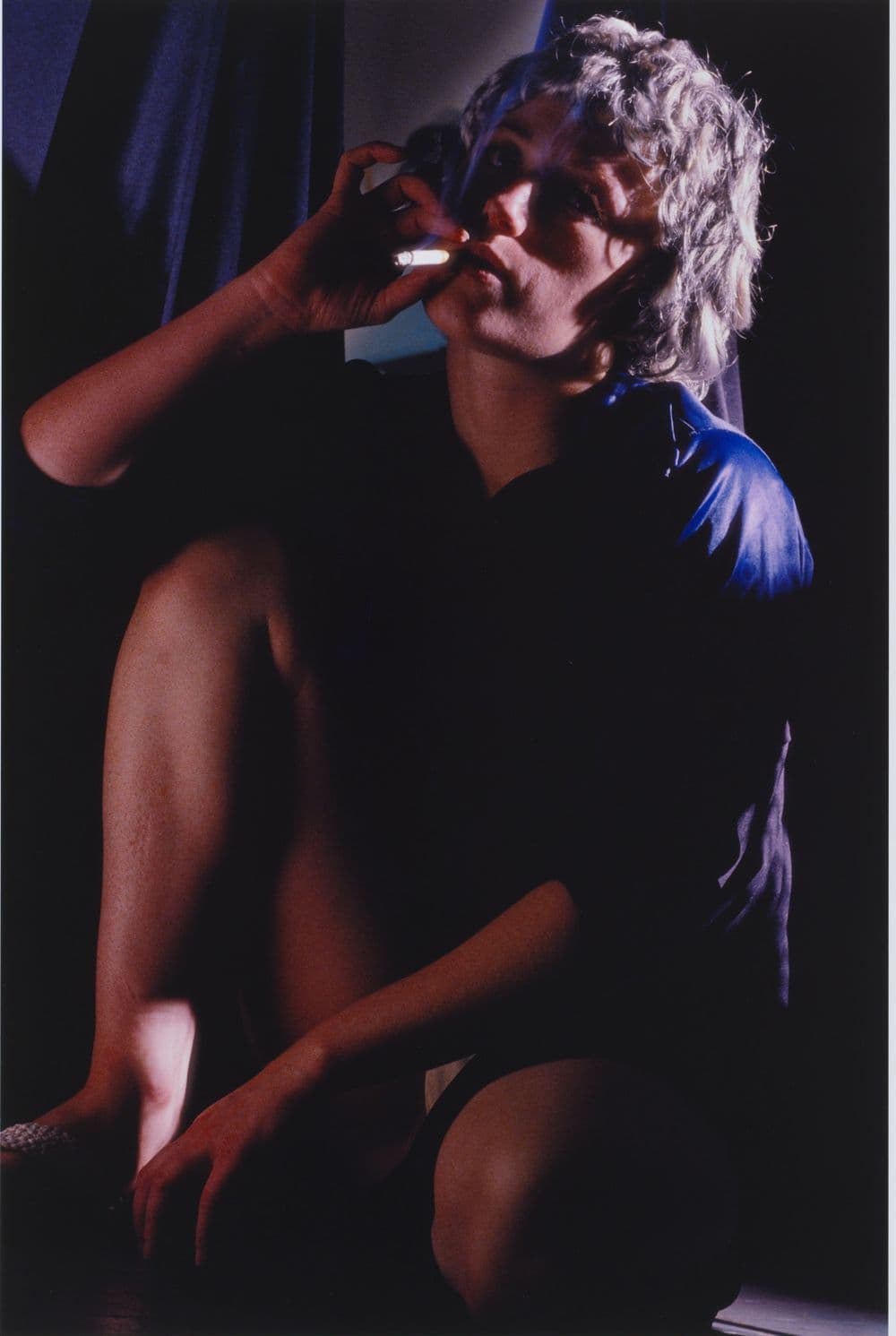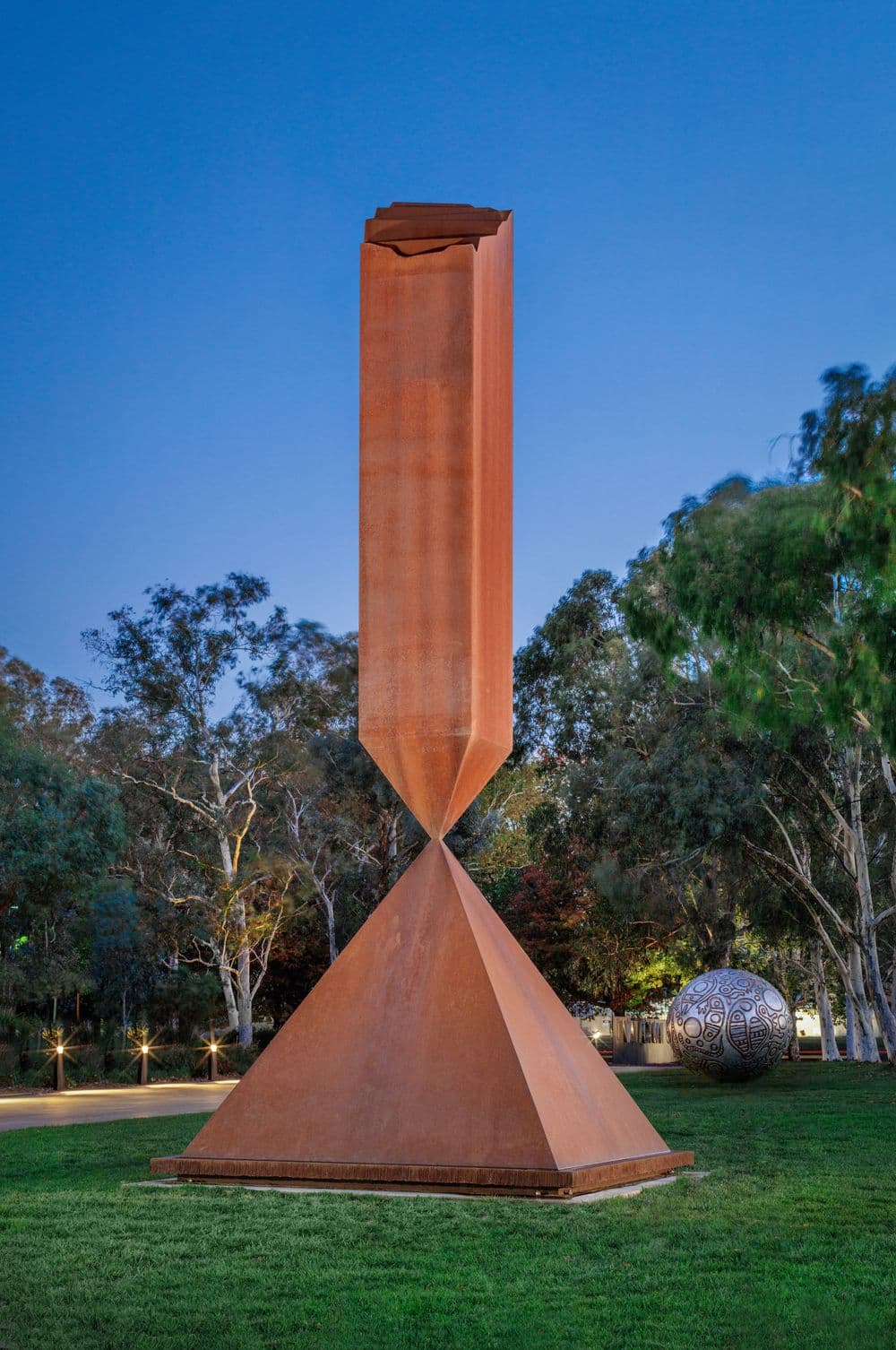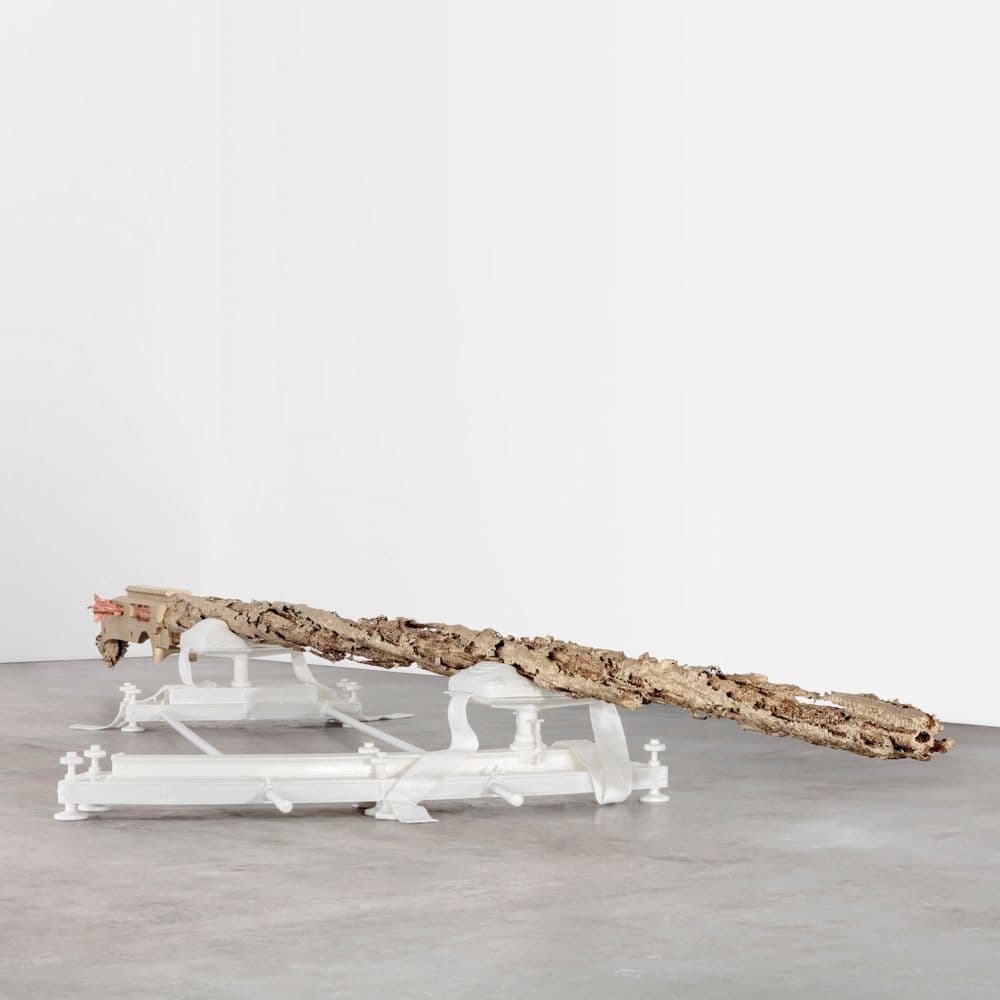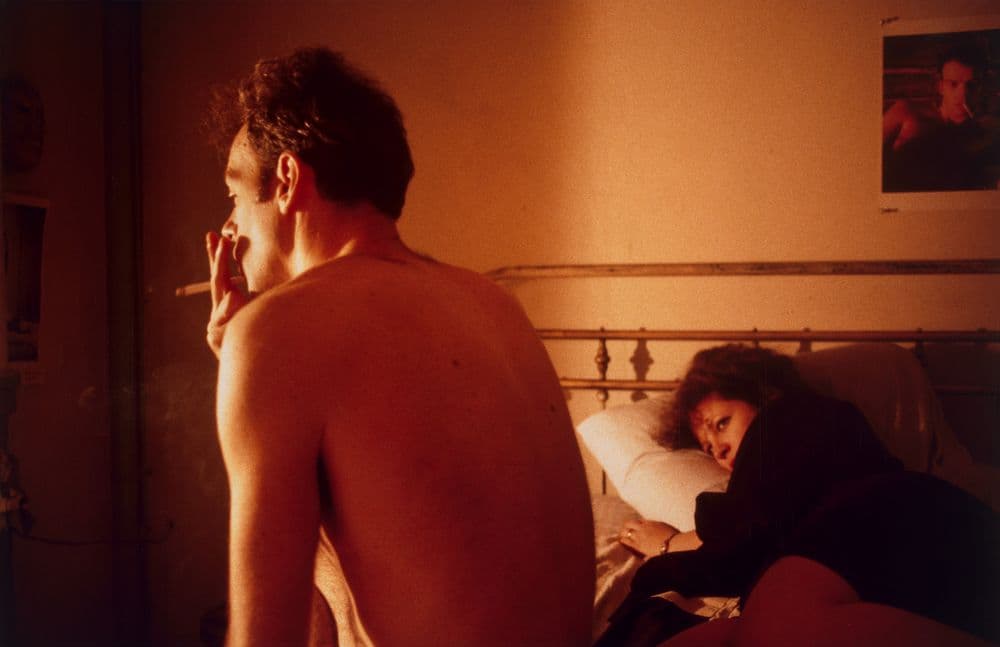About Us

The American Friends is a registered 501(c)(3) non-profit organization. Contributions received as donations, gifts of works of art and planned giving are tax deductible in the United States.
Our History
The American Friends was founded in December 1982 by the National Gallery of Australia Council’s inaugural chair, L. Gordon Darling AC CMG, with assistance from a handful of prominent New Yorkers who had connections to Australia.
Darling, who went on to be a leading supporter of the National Gallery for more than 30 years, once stated that the organization was established “to find a way to capture some of the goodwill that existed in America for Australia”.
Early on, the mission was led primarily by Darling and founding National Gallery director James Mollison AO, who would travel to the United States twice yearly to meet with potential donors and seek their support.
Since 1984, the American Friends has been guided by a board of directors resident in the United States, currently comprising eight members. These individuals draw on their corporate, personal and philanthropic ties to raise the profile of, and elicit support for, the National Gallery of Australia.
Over its 40-year history, the organization has facilitated gifts of key works to Australia’s national art collection by artists including Virginia Cuppaidge, Jim Dine, Russell Drysdale, Philip Guston, Agnes Martin, Sidney Nolan, Pablo Picasso, Mark Rothko and Andy Warhol.
The combined value of works donated to date is in excess of $40 million.
Since 2012, the American Friends and education partner the American Australian Association have given Australian visual arts students the opportunity to continue their studies in the US through the AusArt Fellowship.
As Australia’s premier visual arts institution, the National Gallery of Australia exists to collect, preserve, promote and share art from around Australia and the world.
Located in the nation’s capital, Kamberri/Canberra, the National Gallery of Australia sits on the southern shore of Lake Burley Griffin, on the lands of the Ngunnawal and Ngambri peoples.
The National Gallery of Australia’s aim is to inspire all Australians. Central to that vision is the elevation of women artists and First Nations culture.
The national collection comprises more than 155,000 works of art and includes the world’s largest holdings of First Nations/Aboriginal and Torres Strait Islander art.
American Collection
The National Gallery of Australia is home to exceptional works of art by 20th- and 21st- century American artists, including leading figures associated with abstract expressionism, color-field painting, pop art, minimalism, conceptual art and beyond.
Arguably the most famous work in the collection is Jackson Pollock’s monumental painting Blue poles1952. Nearly five metres wide and more than two metres in height, the canvas was presciently acquired by acting director James Mollison AO in 1973, nine years before the National Gallery opened. Approving the $AU1.3 million purchase, which was deemed controversial at the time, Australia’s then Prime Minister, Gough Whitlam, called the painting a “masterpiece”. In January 2023, the work was valued at $US300 million.
1973 was a notable year for American artists joining the nascent collection. Important paintings by Ad Reinhardt (Painting 1954-58 1954-58), Helen Frankenthaler (Other generations 1957), Andy Warhol (Elvis 1963) and Kenneth Noland’s (Oakum 1970) were also acquired in that year. They joined Morris Louis’ painting Beta nu 1960, which had been purchased in 1972.
Willem de Kooning’s painting Woman V 1952-53 was added to the collection in 1974, and Donald Judd’s installation of six brass cubes, Untitled 1974, was purchased the following year.
In 1978, a further slew of acquisitions was announced. These included Lee Krasner’s painting Cool white 1959, Roy Lichtenstein’s painting Kitchen range 1961-62, Joseph Kosuth’s light sculpture One and eight – a description 1965, Sol Lewitt’s sculpture Cubic modular piece no. 3 1968, and Dan Flavin’s light sculpture monument to V. Tatlin [‘monument’ is lower case] 1966-69.
Two exemplary paintings by Mark Rothko – Multiform 1948 and 1957 #20 1957 – were acquired in 1981, the year before the National Gallery opened, and seven early photographs by Cindy Sherman, created between 1977 and 1982, entered the collection in 1983.
As acting director from 1971 to 1977 and founding director from 1977 to 1989, James Mollison was responsible for these crucial acquisitions.
More recently, the National Gallery’s holdings have been enhanced through the acquisition of major works by James Turrell, Nan Goldin, Matthew Barney and Kara Walker.
The National Gallery of Australia is also exceedingly fortunate to have acquired the Kenneth E. Tyler Print Collection.
Encompassing more than 7400 editioned prints, proofs, drawings, paper works, screens, multiples and illustrated books, it constitutes the most comprehensive collection of post-war American art outside the United States.
Between 1996 and 2001, the visionary master printer and publisher collaborated with dozens of American and emigré artists including Anni Albers, Josef Albers, Helen Frankenthaler, Jasper Johns, Edward Kienholz, Roy Lichtenstein, Joan Mitchell, Robert Motherwell, Bruce Nauman, Kenneth Noland, Claes Oldenburg, Robert Rauschenberg, James Rosenquist, David Salle and Frank Stella.
As these highlights illustrate, the National Gallery of Australia has a shrewd and sustained track record of acquiring masterworks by American artists of the 20th and 21st centuries.
The National Gallery of Australia’s collection of American art is one of its strengths, and the institution remains committed to the ongoing acquisition of exceptional works by modern and contemporary American artists.
1972-3
Key acquisitions:
Morris Louis Beta nu 1960
Jackson Pollock Blue poles 1952
Ad Reinhardt Painting 1954-58
Helen Frankenthaler Other generations 1957
Andy Warhol Elvis 1963
Kenneth Nolan Oakum 1970
-

Morris Louis, Beta nu, 1960, National Gallery of Australia, Kamberri/Canberra, purchased 1972 © 1960 Morris Louis
-

Jackson Pollock, Blue Poles, 1952, purchased 1973 © Pollock-Krasner Foundation. ARS/Copyright Agency
-

Ad Reinhardt, Painting 1954-1958, 1954-58, National Gallery of Australia, Kamberri/Canberra, purchased 1973 © Ad Reinhardt. ARS/Copyright Agency
-
Helen Frankenthaler, Other generations 1957, oil on canvas. © Helen Frankenthaler
-
Andy Warhol, Elvis, 1963, purchased 1973. © The Andy Warhol Foundation for the Visual Arts, Inc./ARS. © Elvis Presley Enterprises Inc. Licensed by Copyright Agency.
-

Kenneth Noland, Oakum, 1970, National Gallery of Australia, Kamberri/Canberra, purchased 1973 © Kenneth Noland. VAGA/Copyright Agency
1974-5
Key acquisitions:
Willem de Kooning Woman V 1952-3
Donald Judd Untitled 1974
1978
Key acquisitions:
Lee Krasner Cool white 1959
Roy Lichtenstein Kitchen range 1961-62
Joseph Kosuth One and eight – a description 1965
Sol Lewitt Cubic modular piece no. 3 1968
Dan Flavin monument to V. Tatlin 1966-69
-

Lee Krasner, Cool white, 1959, National Gallery of Australia, Kamberri/Canberra, purchased 1978 © Lee Krasner. ARS/Copyright Agency
-

Roy Lichtenstein, Kitchen range, 1961-62, purchased 1978. © Estate of Roy Lichtenstein/Copyright Agency.
-

Joseph Kosuth, One and eight - a description, 1965, National Gallery of Australia, Kamberri/Canberra, purchased 1978 © Joseph Kosuth. ARS/Copyright Agency
-

Sol Lewitt, Cubic modular piece no. 3, 1968, National Gallery of Australia, Kamberri/Canberra, purchased 1978 © Sol Lewitt
-

Dan Flavin, monument to V. Tatlin, 1966-69, National Gallery of Australia, Kamberri/Canberra, Purchased 1978. © Stephen Flavin. ARS/Copyright Agency.
1981-83
Key acquisitions:
Mark Rothko Multiform 1948 and 1957 #20 1957
Cindy Sherman Untitled film still #3 1977
Cindy Sherman Untitled film still #50 1979
Cindy Sherman Untitled film still #52 1979
Cindy Sherman Untitled #92 1981
Cindy Sherman Untitled #93 1981
Cindy Sherman Untitled #100 1982
Cindy Sherman Untitled #113 1982
-

Mark Rothko, Multiform, 1948, purchased 1981, © Kate Rothko Prizel & Christopher Rothko. ARS/Copyright Agency
-

Mark Rothko, 1957 # 20, 1957, National Gallery of Australia, Kamberri/Canberra, Purchased 1981. © Kate Rothko Prizel & Christopher Rothko. ARS/Copyright Agency.
-

Cindy Sherman, Untitled film still # 3, 1977, purchased 1983
-

Cindy Sherman, Untitled film still # 50, 1979, National Gallery of Australia, Kamberri/Canberra, purchased 1983
-

Cindy Sherman, Untitled film still # 52, 1979, National Gallery of Australia, Kamberri/Canberra, purchased 1983
-

Cindy Sherman, Untitled #92, 1981, National Gallery of Australia, Kamberri/Canberra, purchased 1983 Courtesy the artist and Metro Pictures Gallery
-

Cindy Sherman, Untitled #93, 1981, National Gallery of Australia, Kamberri/Canberra, purchased 1983
-

Cindy Sherman, Untitled #100, 1982, National Gallery of Australia, Kamberri/Canberra, purchased 1983
-

Cindy Sherman, Untitled #113, 1982, National Gallery of Australia, Kamberri/Canberra, purchased 1983
2018-19
Key acquisitions:
Barnett Newman Broken obelisk 1963/1967/2005
Jordan Wolfson Body Sculpture 2023
-

Barnett Newman, Broken obelisk, 1963/1967/2005, National Gallery of Australia, Kamberri/Canberra, gift of the Barnett Newman Foundation in honour of Dr Gerard Vaughan AM 2018 © 2018 The Barnett Newman Foundation, New York/ARS, New York/Copyright Agency
-

Jordan Wolfson, Body Sculpture (detail), 2023, National Gallery of Australia Kamberri/Canberra, purchased 2019 © Jordan Wolfson. Courtesy Gagosian, Sadie Coles HQ, and David Zwirner. Photo: David Sims.
2022-23
Key acquisitions:
Matthew Barney Basin Creek Burn 2018
Nan Goldin The ballad of sexual dependency 1978
Kara Walker Your world is about to change 2019
-

Matthew Barney, Basin Creek burn, 2018, National Gallery of Australia, Kamberri/Canberra, purchased in celebration of the National Gallery of Australia's 40th anniversary, 2022 © Matthew Barney. Courtesy of the artist; Sadie Coles HQ, London; and Gladstone Gallery, New York
-

Nan Goldin, Nan and Brian in bed, NYC, 1983, National Gallery of Australia, Kamberri/Canberra, purchased 1994 © Nan Goldin
-

Kara Walker, Your World is About to Change, 2019, National Gallery of Australia, Kamberri/Canberra, purchased with the assistance of the Poynton Bequest in celebration of the National Gallery of Australia's 40th anniversary, 2022 © Kara Walker
Board of Directors
AFNGA is guided by an eminent group of Australian expatriate and American art enthusiasts, collectors and professionals who use their corporate, personal and philanthropic ties to help further its mission.
Founder
L. Gordon Darling AC CMG (1921–2015) was a visionary arts philanthropist and respected business leader who served as the inaugural Chair of the Council of the National Gallery of Australia from 1982 until 1986.
Darling founded the American Friends two months after the National Gallery was officially opened by Queen Elizabeth II in October 1982.
“During the eight years of my involvement with AFANG (1983-92) we achieved considerable support – over $4 million in works and cash, which would be worth much more today,” Darling told Roger Butler, then Senior Curator of Australian Prints, Drawings and Illustrated Books, in 2003.
“But it didn’t happen by accident,” he continued. “James [Mollison, the Gallery’s inaugural Director] and I visited America twice a year. Appointments to see potential donors sometimes took 18 months to arrange – it took us 18 months to get to see David Rockefeller, and it took 20 minutes with him to get Robert Natkin’s Beatrice – that was in 1989.”
Darling would go on to be an astute, committed and generous supporter of the Gallery for over 30 years.
In 1989 he established the Gordon Darling Australia Pacific Print Fund at the National Gallery, for the acquisition and documentation of prints and drawings from Australia and the Pacific, now encompassing more than 7000 works. A key initiative was the digitisation of the Australian prints collection through the Australian Prints Online project and the website Australian Prints and Printmaking: Australian Prints + Printmaking
In 1991 Darling broadened his support of the arts sector with the establishment of The Gordon Darling Foundation. This included the formation of a Museum Leadership Program with an international faculty created to enhance the professionalism of the sector. The Foundation has supported exhibitions and exhibition publications, ongoing digitisation initiatives, symposia, conservation projects and travel scholarships.
Significantly, Gordon and Marilyn Darling were the driving force behind the establishment of the National Portrait Gallery of Australia, also in Canberra, for which they were honoured as Founding Patrons.
Gordon Darling was recognized through the Australian Honours system in 2004 for his service to the arts through vision, advice and philanthropy for long-term benefit of the nation.
In 2013, Marilyn and Gordon Darling were joint recipients of the British Museum Medal.
Gordon Darling passed away in 2015 at the age of 94, and his legacy continues to be felt.
Contact
American Friends of the National Gallery of Australia, Inc.
50 Broadway, Suite 2003
New York, NY 10004
Ein: 13-3171852
info@afnga.org
+1 (212) 338-6863
Belinda Jackson
Programs Director
bjackson@afnga.org
Nancy Chapman
Administrator
nchapman@afnga.org
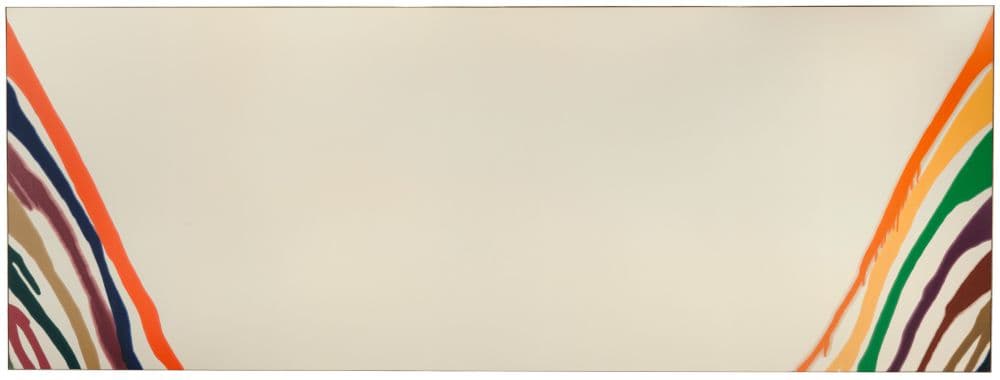

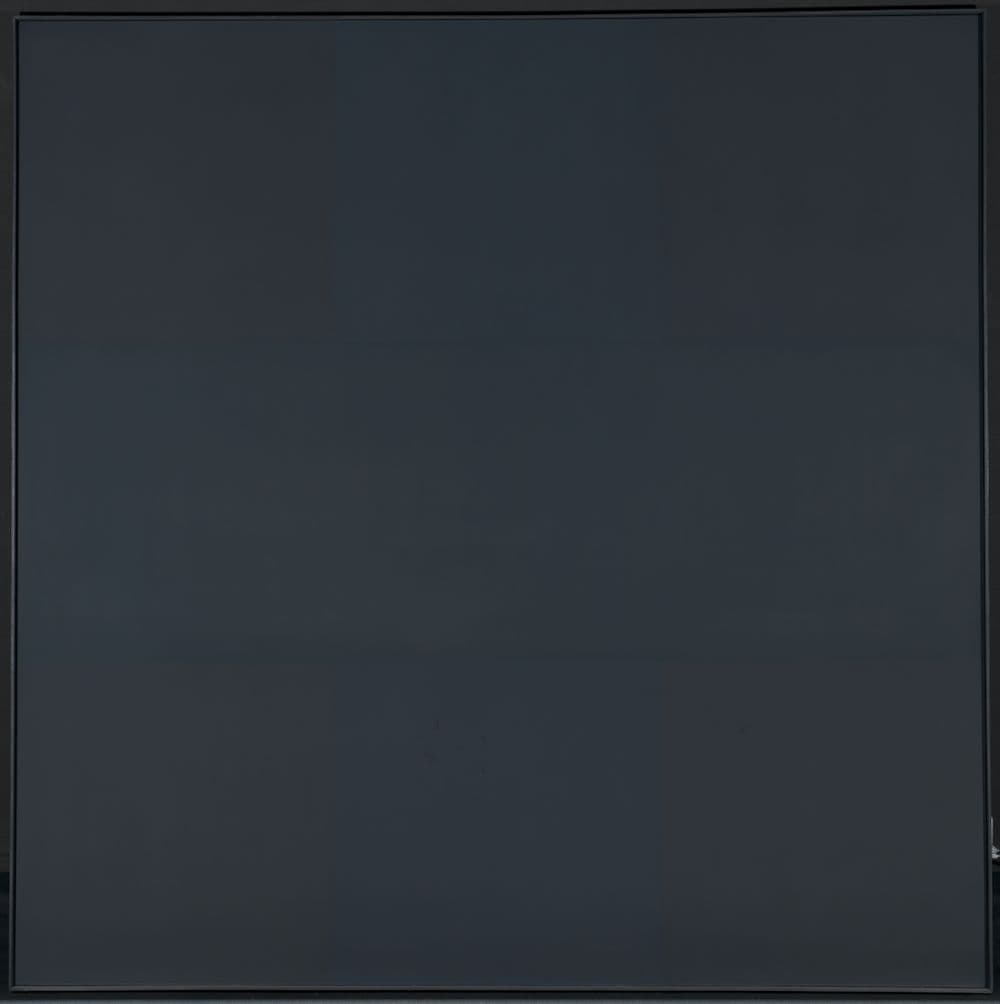
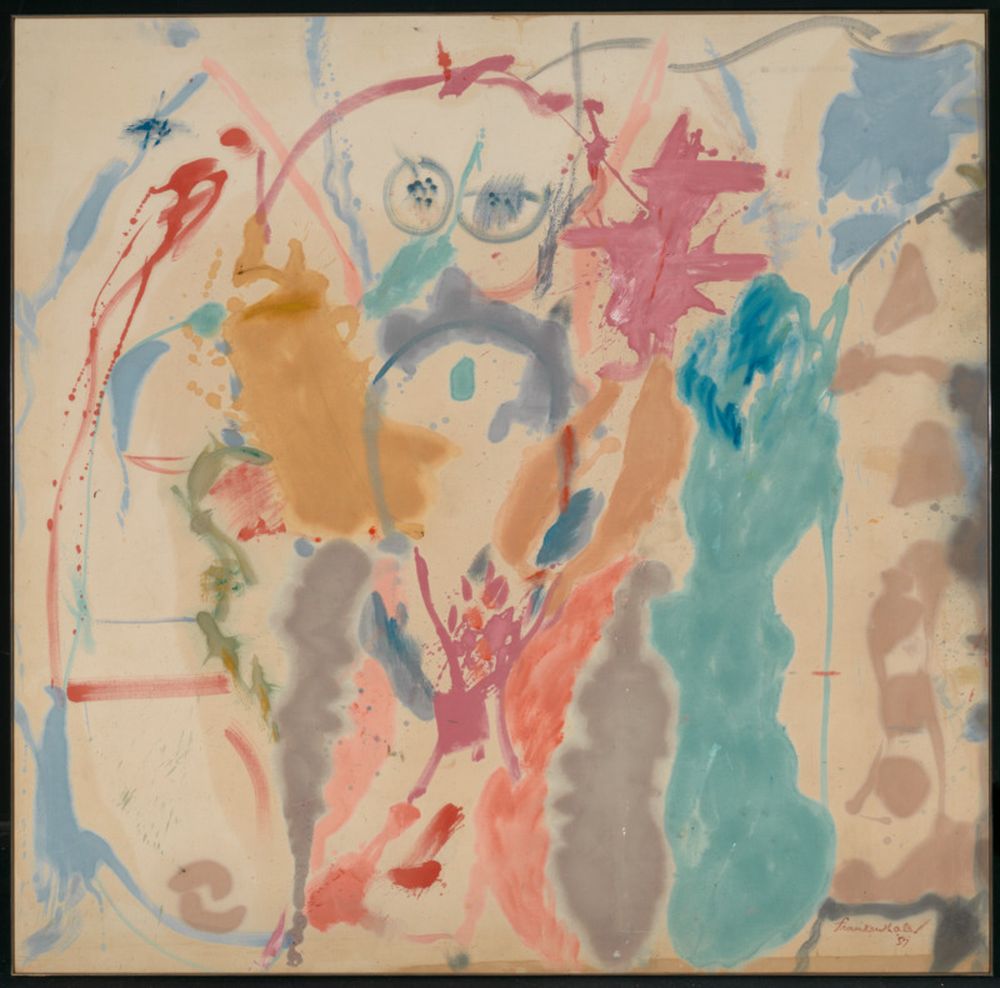
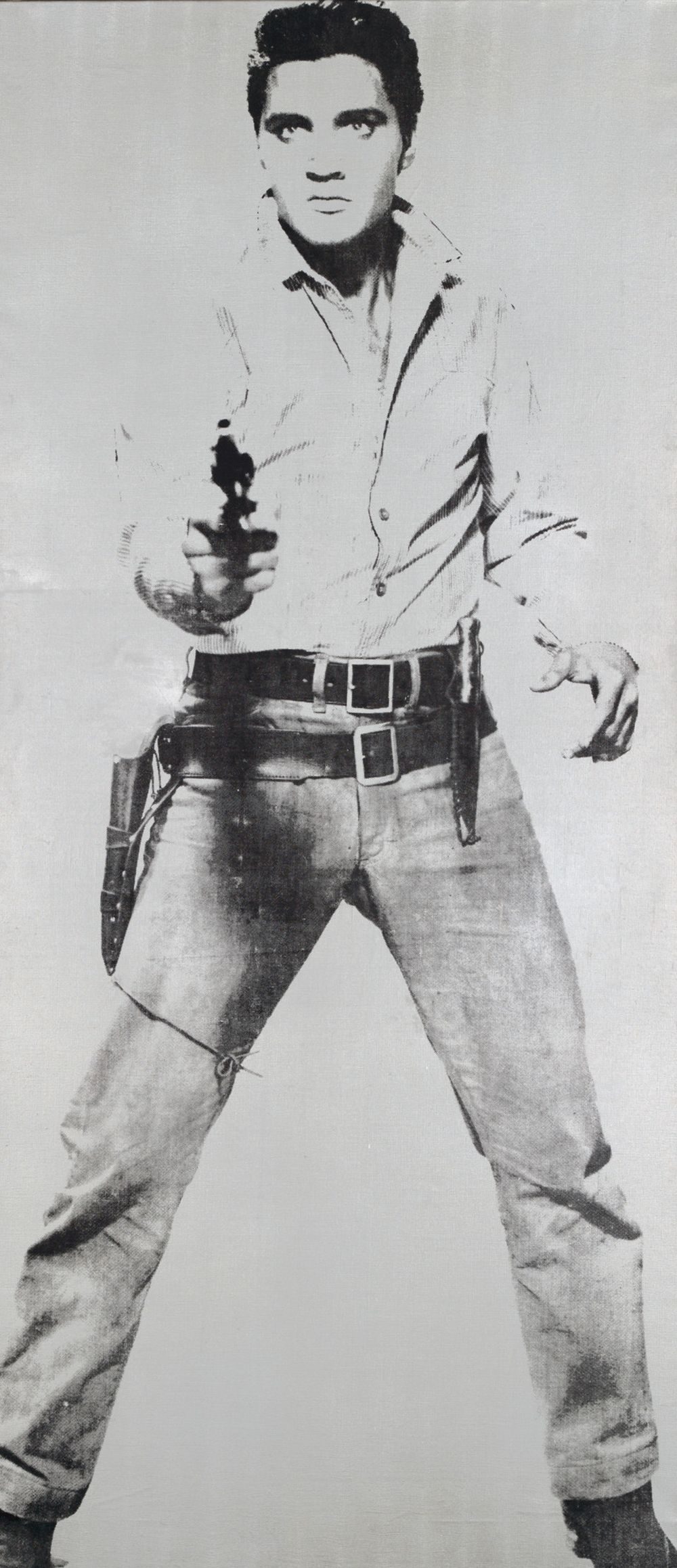
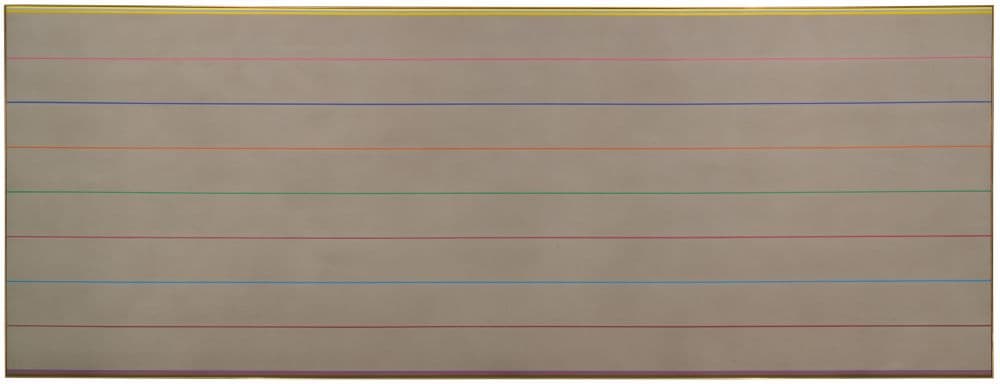
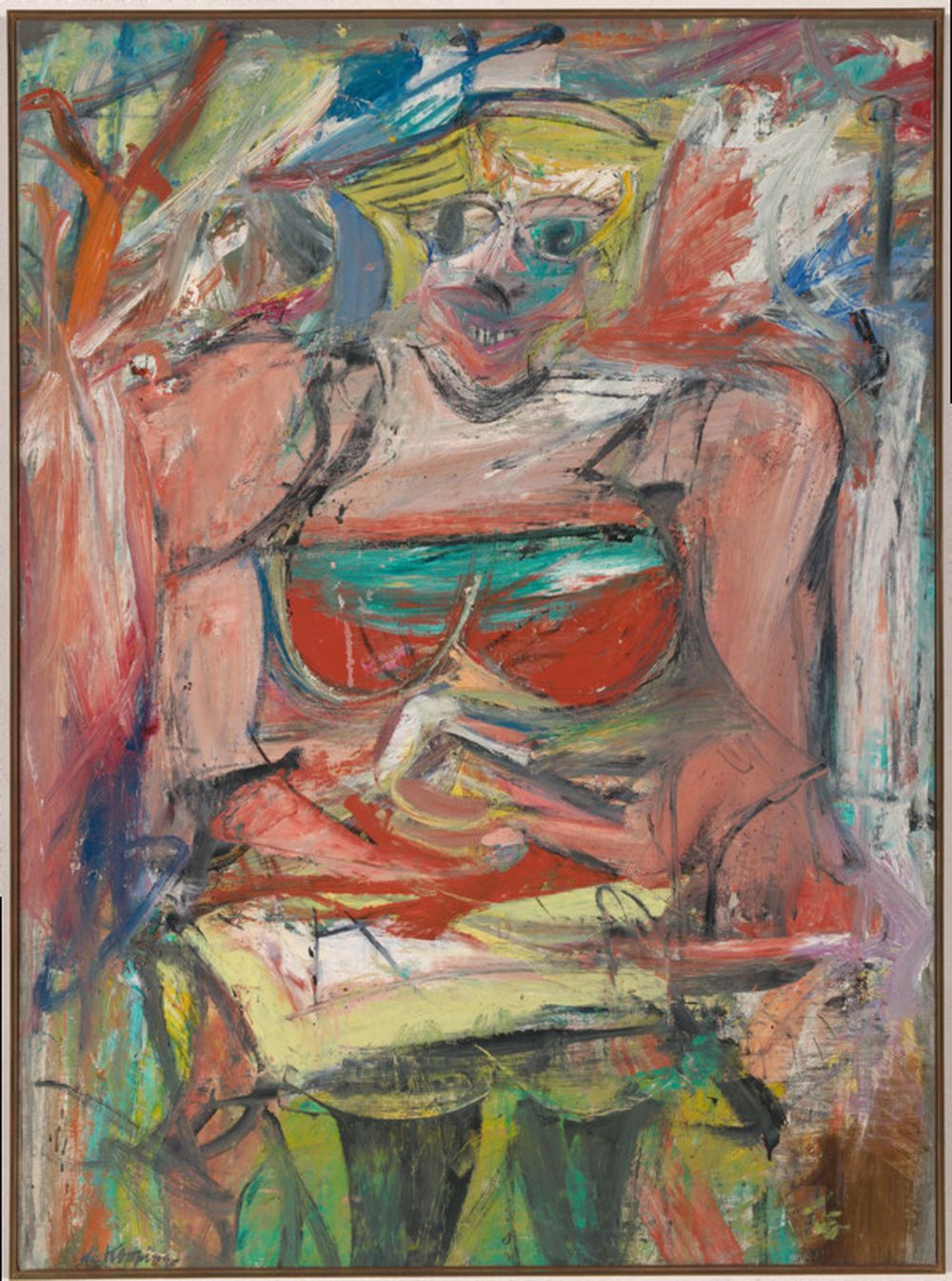
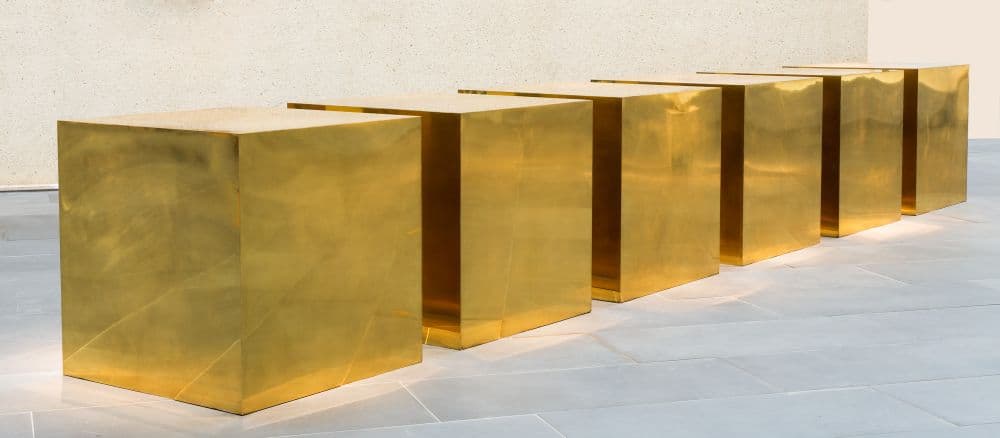

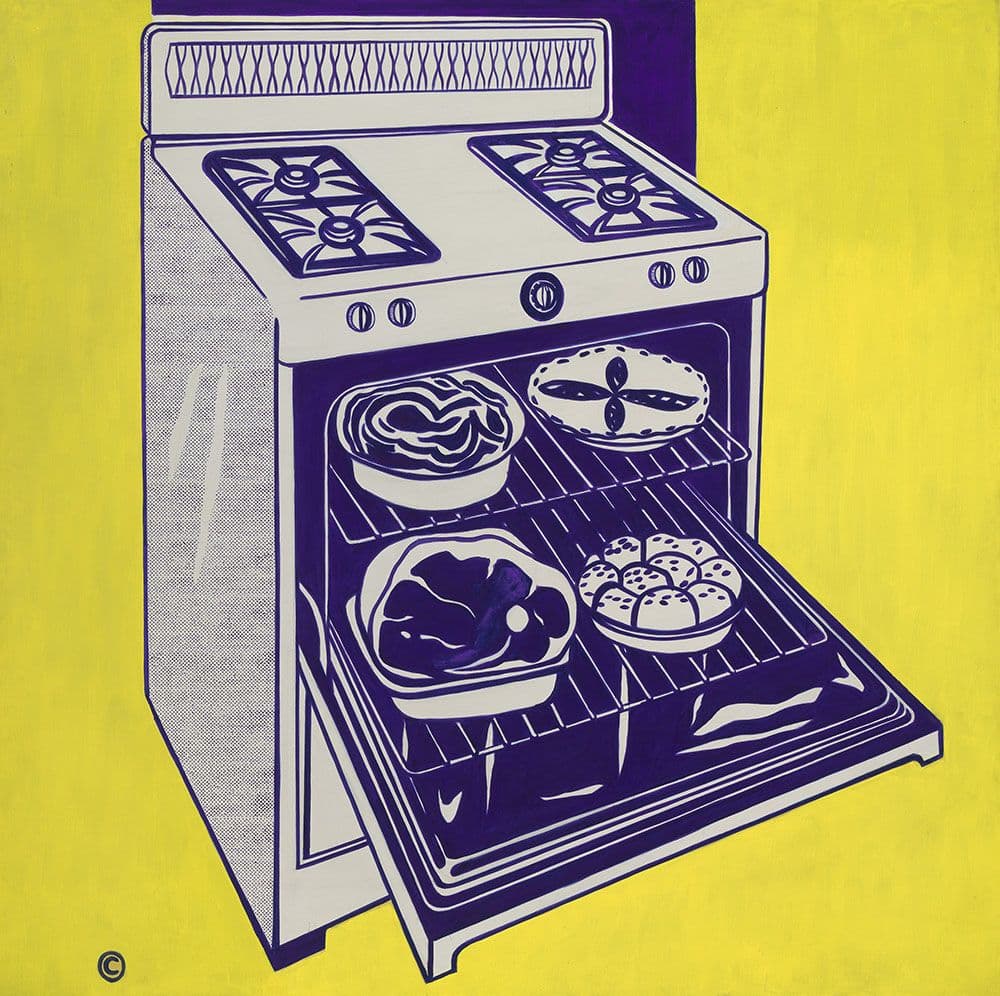
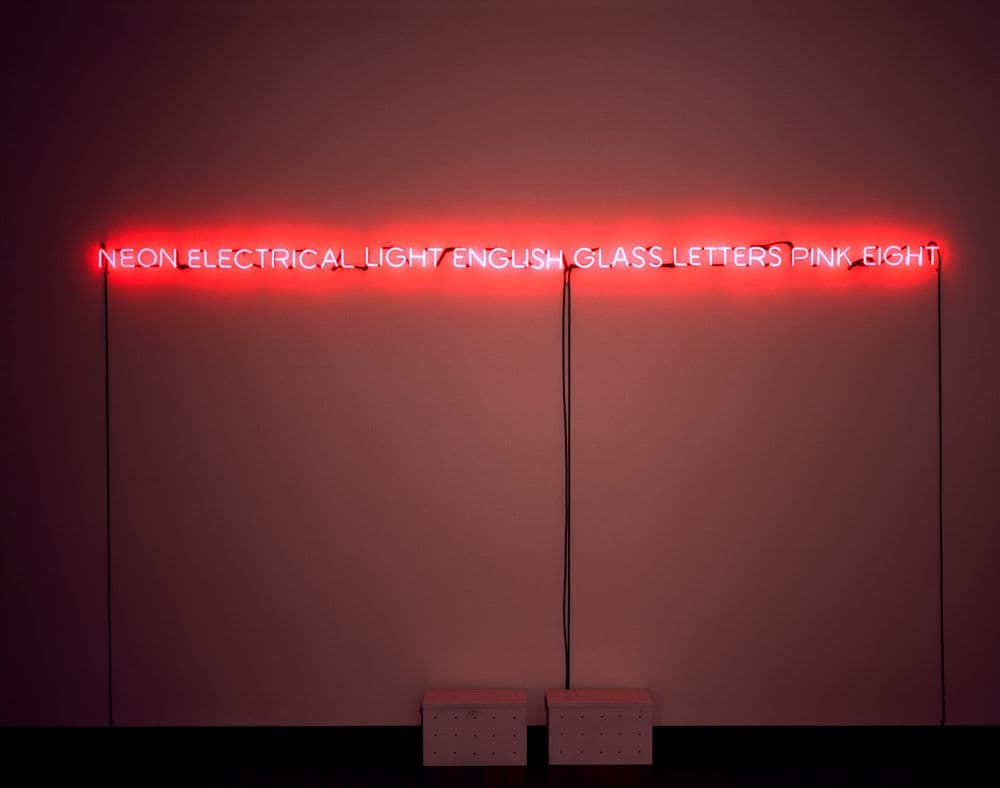
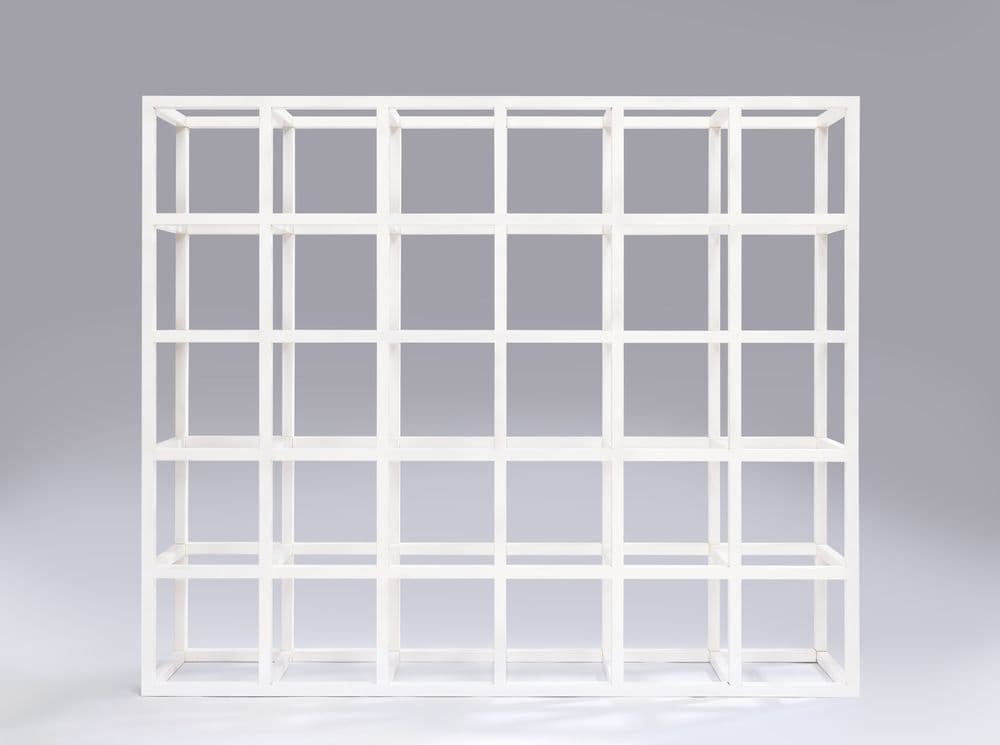

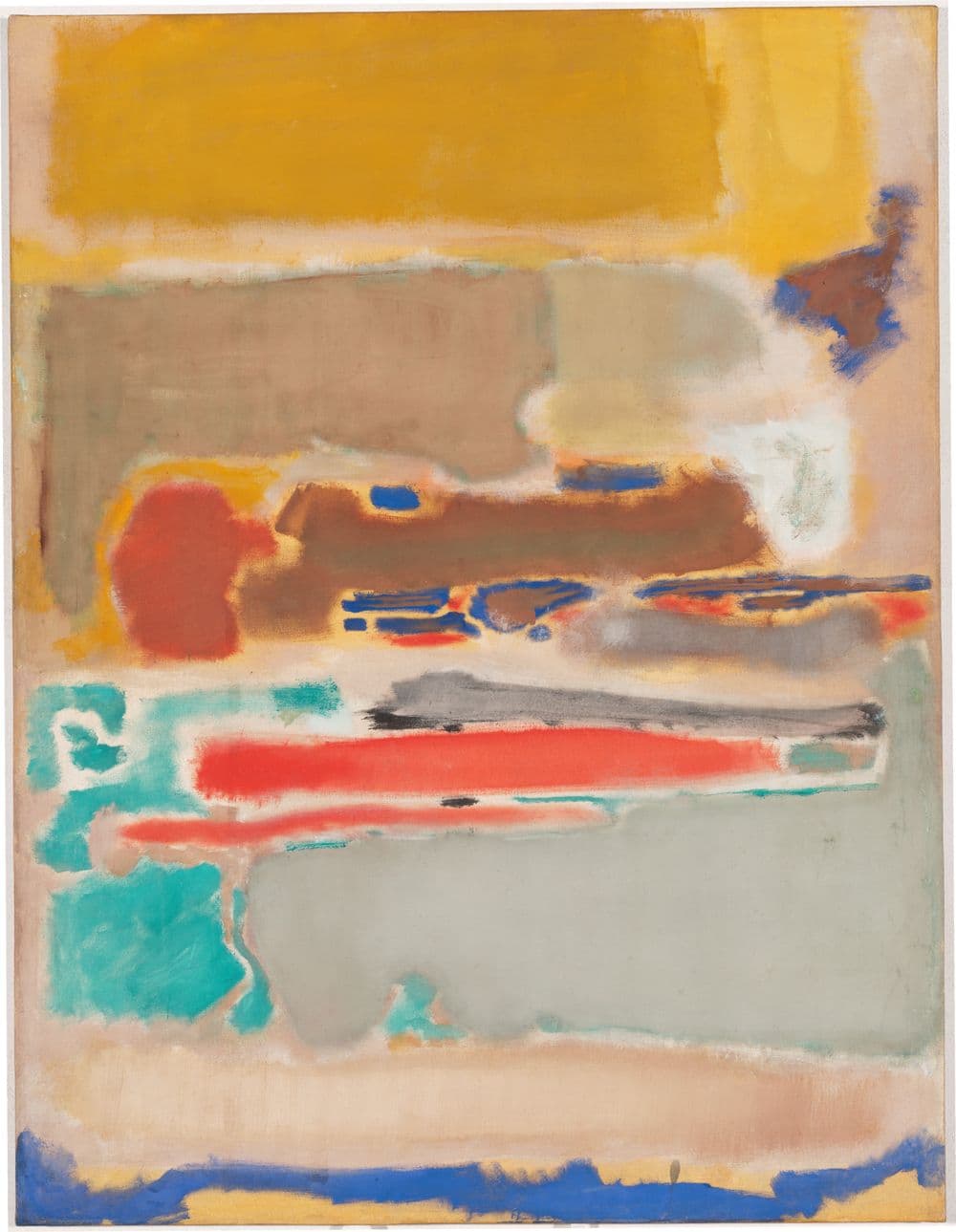
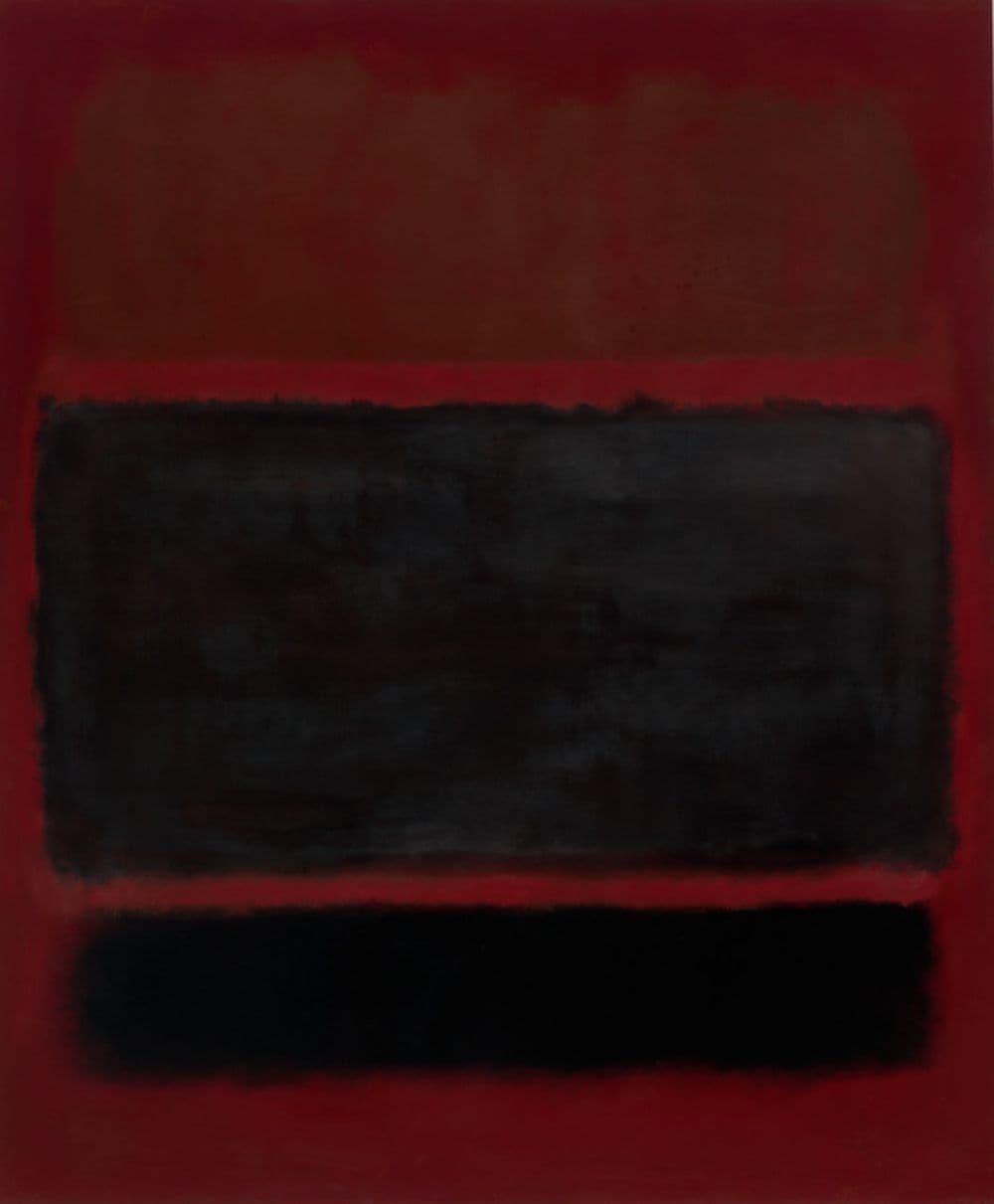
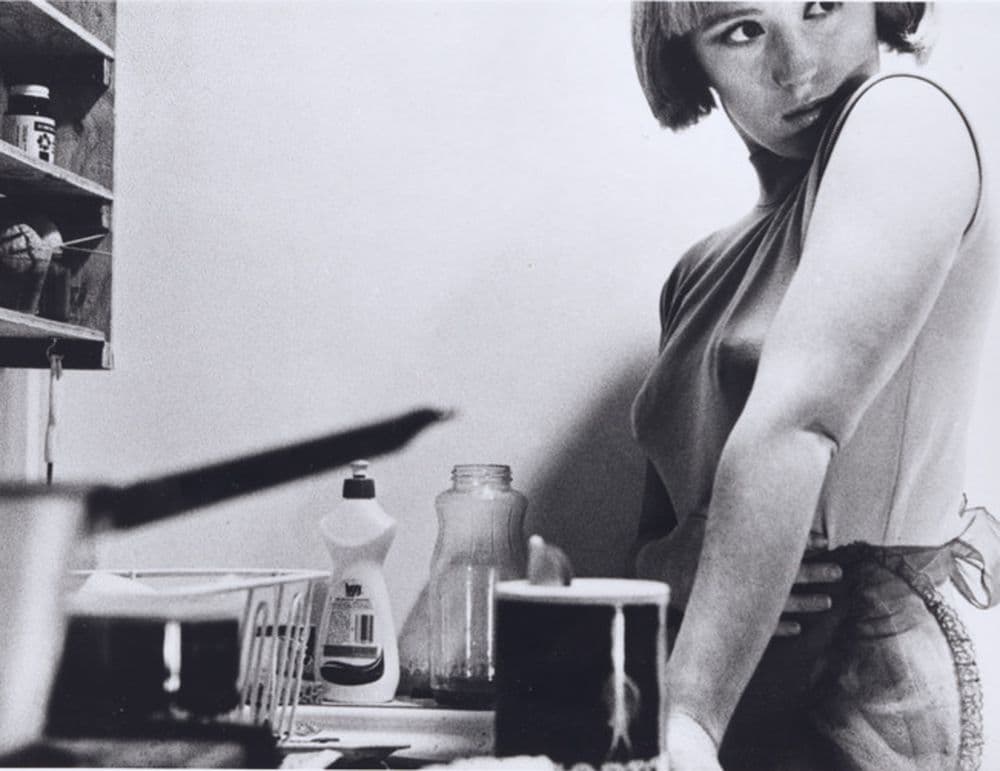
///national-gallery-of-australia/media/dd/images/91979_-_StC_Preview_JPG_2000px.jpg)




